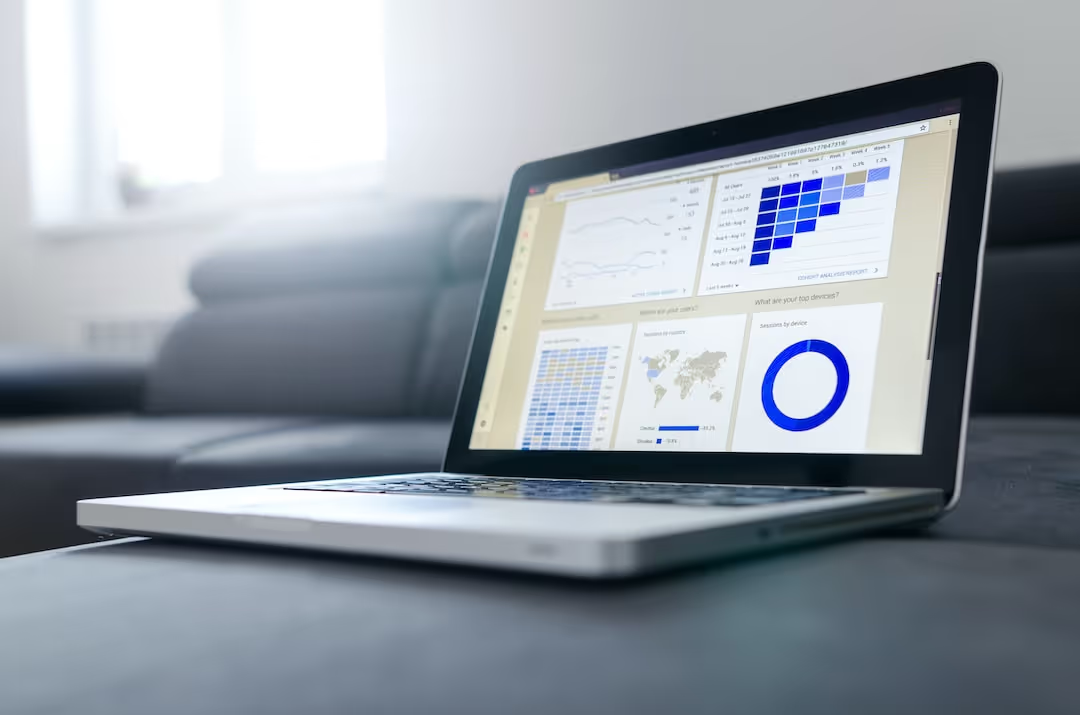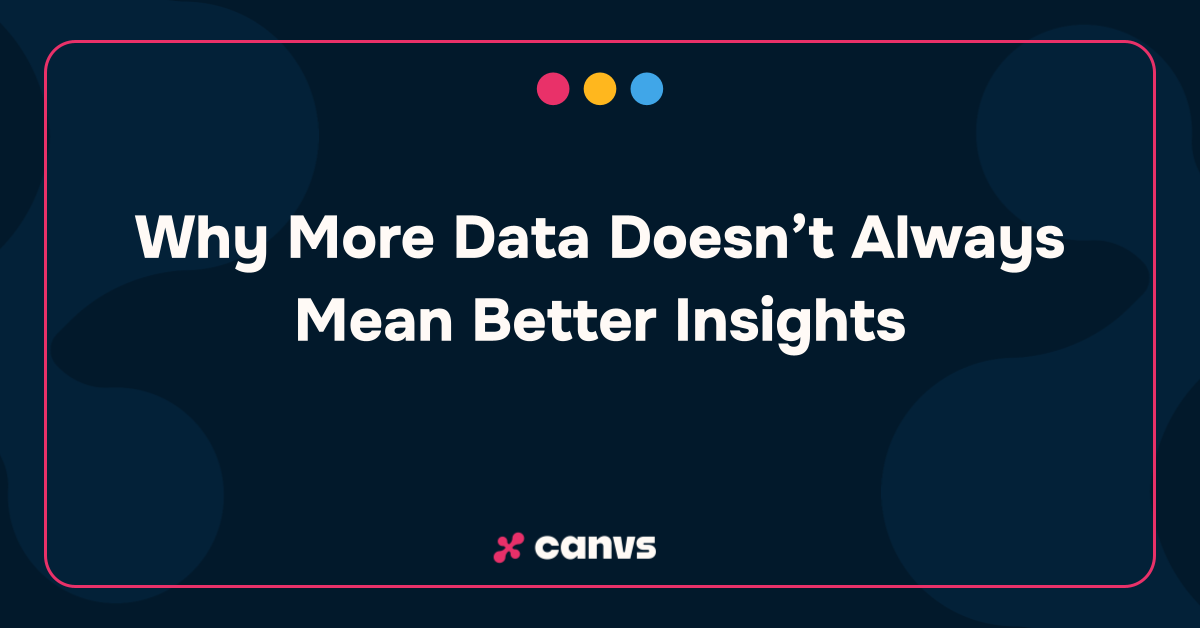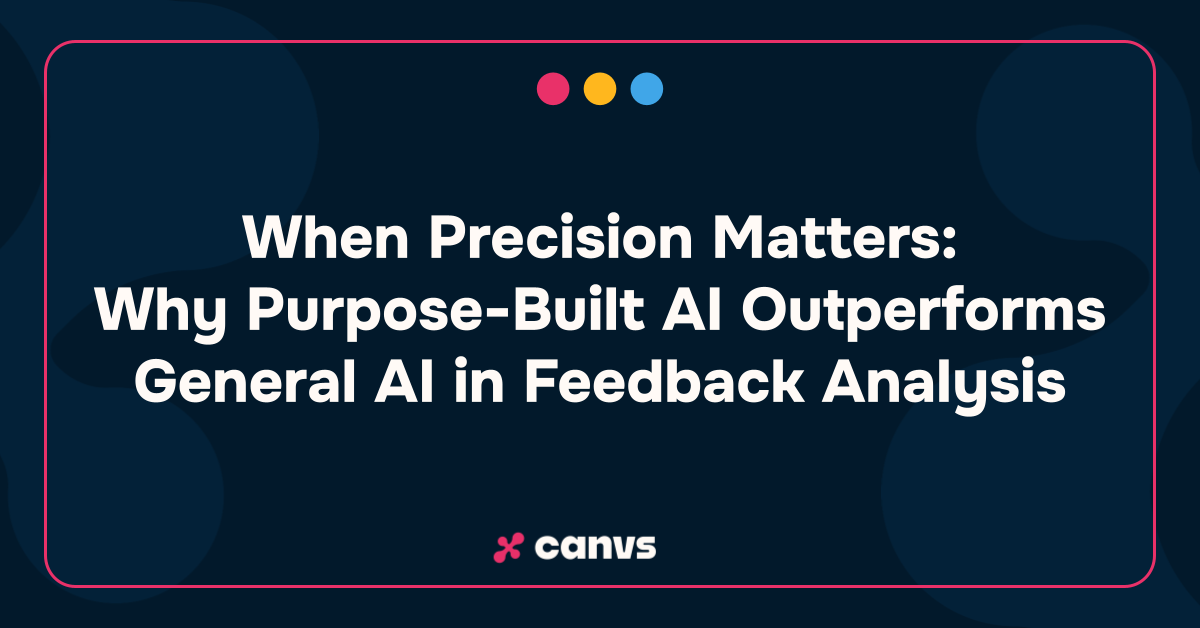As market research and consumer insights professionals look to uncover deeper understanding of their customers, text analytics provides a powerful tool for gaining core insight into how consumers feel and why. Text analytics offers the potential to unlock critical information from large volumes of data that can be used in market research projects. In this post, we'll look at the advantages of utilizing text analytics in market research and go over some optimal approaches when applying it. We will also examine some challenges associated with implementing text analytics as well as provide examples where successful implementations have been achieved. By leveraging these techniques, organizations can gain valuable insights about their target audiences quickly and efficiently—ultimately driving more informed decision-making throughout the organization.
What is Text Analytics?
Text analytics is the process of extracting meaningful insights from large amounts of unstructured text data. Text analytics utilizes NLP and ML techniques to investigate, categorize, and interpret textual material. Text analytics can be used to uncover patterns, trends, and relationships in customer feedback, survey responses, social media posts, emails, documents etc., that would otherwise remain hidden or difficult to detect.
Definition of Text Analytics:
Text analytics is a set of techniques for deriving insights from textual data sources such as surveys, customer reviews and comments on social media platforms. It involves using NLP tools such as sentiment analysis and topic modeling to identify key themes within the text data.Text analytics is a potent means of enabling organizations to gain insight from the information within text, empowering them to comprehend customer behaviour and desires, recognize patterns and understandings, and boost user experience. With these advantages in mind, let's explore how text analytics can help market research.How Does Text Analytics Help Market Research?Text analytics is a potent instrument for market research, affording companies the capacity to acquire advantageous information regarding customer habits and tastes. It helps identify trends and uncover hidden opportunities in customer experience (CX). By leveraging natural language processing (NLP) techniques, text analytics can be used to quickly analyze large amounts of unstructured data from various sources such as social media posts, surveys, emails, chatbot conversations etc.
Understanding Consumer Behaviour and Preferences:
Text analytics enables researchers to better understand the needs of their target audience by analyzing vast amounts of textual data. Through sentiment analysis and topic modeling techniques it is possible to detect patterns in customer feedback that can help inform product or service decisions. If customers are expressing discontent with a certain feature of your website or app, it may be worth considering making adjustments based on this knowledge. Additionally, text analytics can provide valuable information about how customers perceive your brand compared to competitors which could help inform marketing strategies.
Identifying Trends and Insights:
Text analytics also allows researchers to uncover hidden trends in customer behavior that may not be obvious through traditional methods such as surveys or focus groups. By using NLP techniques like keyword extraction it is possible to identify topics that are being discussed frequently among consumers which could indicate emerging trends or interests within certain demographics or regions. This type of insight can be invaluable when developing new products or services tailored towards specific audiences as well as informing strategic decisions around pricing models and marketing campaigns.Text analytics offers the possibility to significantly upgrade CX, providing immediate knowledge into what customers are saying about your business on multiple channels such as social networks like Twitter and Facebook along with review sites like Yelp. This type of analysis allows businesses to quickly respond any negative comments while proactively addressing issues before they become widespread problems impacting customer satisfaction levels negatively impacting sales figures over time . Furthermore , text analysis can help companies identify areas where improvements need made so they stay ahead of the competition .By utilizing text analytics for market research purposes, businesses have access to powerful tools that enable them to make informed decisions backed up by hard data. In order for organizations to take full advantage of these capabilities however, it is important to establish clear goals and objectives beforehand and set expectations accordingly. To maximize efficiency and reduce costs, organizations should leverage automated technologies.Text analytics helps market research to uncover consumer behavior and preferences, identify trends and insights, as well as enhance customer experience. Yet, utilizing text analytics for market research poses several difficulties that must be resolved to unlock its complete capabilities.
Key Takeaway: Text analytics can offer a wealth of knowledge into the habits and preferences of customers, allowing organisations to better comprehend their intended demographic and refine customer experience (CX).
Challenges in Implementing Text Analytics for Market Research
However, there are several challenges that must be addressed in order to ensure accurate results. Data collection and preparation are key steps in the process of implementing text analytics for market research. Gathering info from multiple sources, e.g., social media, surveys and reviews can yield useful knowledge regarding customer opinion and behaviour. Once gathered, the data must be prepped by cleansing it (eliminating any extraneous words or phrases) prior to being studied with natural language processing (NLP) methods.NLP involves utilising algorithmic approaches to parse unstructured textual data in order to acquire meaningful insights from it. This includes identifying topics discussed within the text as well as sentiment analysis which looks at whether a particular piece of text is positive or negative towards a certain topic or brand. NLP techniques also allow for automated categorization of customer feedback based on predetermined criteria such as product features or service quality ratings.Interpreting the results accurately is another challenge when using text analytics for market research purposes. It is important to consider potential biases when interpreting results from text analytics tools, as they rely heavily on algorithms which may not always reflect reality accurately due to their limited understanding of context and nuance in human communication. Additionally, it should be remembered that these tools cannot replace human judgement completely; instead they should be used as an aid in making decisions about how best to approach marketing strategies and customer experience initiatives going forward.While the challenges of implementing text analytics for market research may seem daunting, there are many examples that demonstrate its effectiveness and potential. In the ensuing section, we will look at various scenarios to illustrate how text analytics can be applied in market research.
Key Takeaway: Text analytics can provide valuable insights into consumer sentiment and behaviour, but it is important to consider potential biases when interpreting the results as algorithms may not always reflect reality accurately.
Examples of Text Analytics for Market Research
Text analytics for market research involves mining large quantities of unstructured text data, like customer feedback or social media content, to detect patterns and trends. Examples of text analytics for market research include social media analysis, sentiment analysis, and topic modeling.Social media analytics entails inspecting user-generated material on well-known networks like Twitter or Instagram to discern how customers feel about particular items or services. By examining the sentiment of consumers on social media, marketers can tailor their advertising efforts to be more successful and create communications that appeal to their target demographic.Sentiment analysis is another form of text analytics used in market research. This technique measures the emotional tone of customer feedback by analyzing words or phrases within a given context. By comprehending the sentiment of customers towards a product or service, companies can use this data to strategize how best to optimize customer experience (CX).Topic modeling is another example of text analytics for market research that helps uncover hidden topics within large amounts of unstructured data. This technique groups related words together based on their frequency or co-occurrence patterns in order to identify common themes among customers’ comments and reviews. Topic modeling can be especially useful when trying to uncover new opportunities for product development or improvement initiatives from customer feedback data sets.Text analytics is a powerful asset for market research, offering researchers the opportunity to gain insightful information about customer sentiment and behaviour. Text analytics can be a useful addition to any researcher's toolbox, with its various uses such as social media examination, feeling investigation and subject modeling. As we move on to the next heading of best practices for using text analytics in market research, let us explore how these tools can be used most effectively.
Key Takeaway: Text analytics can be utilized to acquire useful insights into consumer behavior and preferences, such as sentiment evaluation and topic modeling, helping firms comprehend their customers better and improve the customer experience.
Best Practices for Using Text Analytics in Market Research
Text analytics is a powerful tool for market research that can help uncover consumer behaviour and preferences, identify trends and insights, and enhance customer experience (CX). However, there are certain challenges to consider when implementing text analytics for market research. Data collection and preparation must be done correctly in order to ensure accuracy of results. NLP must be applied judiciously in order to glean useful insights from the harvested data. Accurately assessing the data is key to arriving at significant outcomes; thus, it is imperative that one interprets the results accurately.To get the most out of text analytics for market research purposes, best practices should be followed. First, goals and objectives should be clearly defined before beginning any analysis so that expectations are set correctly from the start. This will also help guide decision-making throughout the process as well as provide direction on which tools or technologies may need to be utilized along the way. Second, automated tools and technologies should always be leveraged whenever possible in order to streamline processes while ensuring accuracy of results interpretation. Finally, potential biases should always be taken into account when interpreting results from text analytics tools so that conclusions drawn are accurate representations of reality rather than skewed interpretations due to bias or other factors.
Key Takeaway: Text analytics can be a powerful tool for market research when used correctly, however it is important to set clear goals and objectives before beginning any analysis, leverage automated tools and technologies, and consider potential biases when interpreting results.
Conclusion
The benefits of text analytics for market research are numerous: it can help uncover hidden trends, identify customer sentiment, and provide actionable insights that drive better decision-making. Despite the challenges in implementing text analytics for market research, with best practices such as leveraging natural language processing (NLP) algorithms and utilizing sentiment analysis tools, organizations can reap the full benefits of this technology. By utilizing the benefits of text analytics, businesses can make informed decisions based on data that is reliable and create better strategies to optimize customer experience.Text analytics can provide invaluable insights for market research and customer experience. By leveraging natural language processing, sentiment analysis, and other advanced text analytics techniques, businesses can quickly identify trends in consumer opinions to better understand their target markets and improve the customer journey. With this data-driven approach to understanding customers’ needs and wants, companies can make more informed decisions that will lead to increased sales opportunities as well as improved loyalty from existing customers. Now is the time for organizations of all sizes to take advantage of these powerful tools - let's start using text analytics today!




